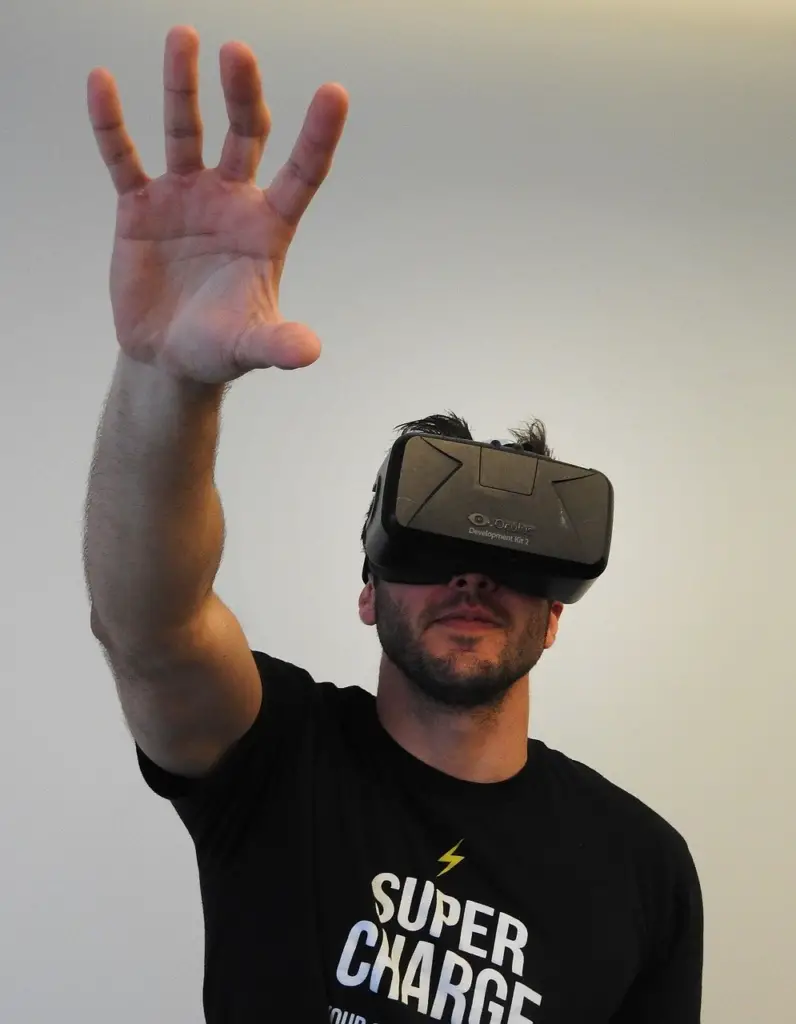
Wearables are advancing at a rapid pace and it begs the question: will wearables replace smartphones? It’s unfathomable to think since smartphones hold such a big place in our lives, but there was a time when they were niche devices only techies and early adopters used. Wearables are promising to make tech more personal and useful than ever. Here we’ll be exploring some of the most current ideas on the potential of wearables and whether they can dethrone smartphones.
Tech Wonderland
Wearables have unlocked the creativity of many tech agencies and there are several unique and special ideas out there that sound amazing. However, the truth is that concepts come and go. This happened with smartphones, (remember the Philips Fluid? It still looks amazing), and it’s happening with wearables.
That being said, we’ll be discussing real products and concepts here to show you what the current buzz is with these devices. Let’s start with concepts first and then move into reality.
Smart glasses are my personal favorite and the concepts here are amazing. The innovators at MindX are using technology from the Johns Hopkins physics lab to create glasses that read your mind. Ever feel embarrassed about having to use vocal commands with smart glasses? These will read your eye movements and brain waves to know exactly what you want, no words needed.
Or what about the pain-reduced smart glasses from Sana? These are currently seeking FDA approval and might be a real product soon. Sana’s mission is to reduce and eliminate chronic pain and these glasses are said to be the key. They work with your brain waves to reduce feelings of pain, making you more comfortable throughout the day.
While smart glasses are still mostly in the concept phase (everyone wants to avoid the flop of Google Glass), smartwatches and AirPods have been around for a few years. As Apple has demonstrated, AirPods can adapt to their surroundings and there are many new, almost unrealistic, features that make them much better for wearing outside.
For example, Transparency Mode on AirPods Pro allows you to listen to your music while hearing the sounds around you. Ambient noises are filtered through a microphone so that you can hear a car coming close or other signs of danger. They can also monitor wear pressure to adjust volume automatically.
And let’s not forget smartwatches. They are becoming increasingly accepted by people. Apple is selling 30 million Apple Watches per year. Not only that, but more apps are being made for them and they are coming in a variety of new materials, designs, and new features that people love. It’s this increasing acceptance that makes it a potential smartphone killer, but let’s talk about that.
Smartphone Stoneage
Way back in 2007, when Apple released the very first iPhone, people balked at the idea of smartphones taking over the computer world. There was no way they could compete with the power, speed, and versatility of laptops and desktops. It was a quaint idea that few people realistically considered. Besides, with all the things a computer could do, why would you ever want to replace it with a tiny, weak device that fits in your pocket?
But that’s exactly what happened. Maybe smartphones aren’t as strong as laptops, but the market found a way to adapt and lots of people use their phone as their main computing device. Websites were scaled down to load faster. Apps were built specifically for smartphones and run remarkably fast. The central hub of digital processing was slowly shifted from conventional computers to smartphones and tablets.
While there aren’t strong signs just yet, we might be starting this process all over again.
Fewer Innovations
When smartphones were first invented, it was like the Wild West of innovation. Companies were coming out with new concepts, driving design and power to the limit and trying to build the perfect device that consumers would love. We had seen many screen sizes (remember when a 3-inch screen was the best thing ever?), apps multiplied into the hundreds of thousands, and mobile devices became more personal by listening to us and working around our lives.
While the innovations haven’t stopped, they are slowing down. Most new smartphones have a few new features, but many of the innovations are now software-based (which can be replicated on the right device) or more power (which doesn’t win the popularity war, as we saw with computers).
The newest hardware innovation we saw was the folding smartphone that lets you go from smartphone to tablet and back again. It’s a great idea, but it probably won’t change the world.
Wearables Replacing Phones
There is a case to be made here, but it definitely won’t be for a long time. Smart glasses and watches have the potential to be more personal than phones ever could be. They are hands-free and go directly on your body, allowing them to read vital signs and integrate much deeper into your life than phones ever could.
However, there are a few obstacles. The biggest one has to do with people. While smartwatches are becoming more popular, they are dwarfed by the massive number of phone sales. There is a lot of hype for smart glasses, but they’re still hasn’t been a viable commercial product yet.
Then we have to talk about capabilities. Since there are no smart glasses yet, we’ll take this entirely from a smartwatches perspective. They don’t have a battery strong enough for all-day use, especially when it comes to calling, browsing, watching media, and using apps. Plus, they don’t have the functionality yet that made smartphones so popular.
A case can be made where wearables dominate the future and it seems to be the case, but the path ahead isn’t clear just yet.
Conclusion
Wearables are amazing. They are full of innovation and many fascinating concepts are floating around. From literally reading your mind to removing pain and keeping you safe while walking outside, these devices are awesome. While they may one day dethrone smartphones as the dominant technology on our planet, they still have a long way to go.










